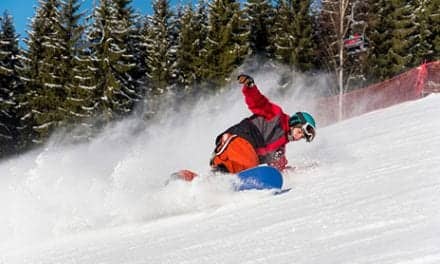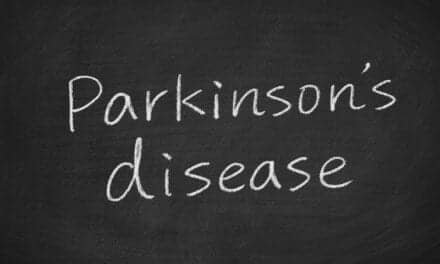Combining two walking rehabilitation approaches might improve outcomes for survivors of stroke, USC researchers theorize. A study funded by a $100,000 Magistro Family Foundation Research Grant aims to test this theory.
In a new study, titled “A novel, comprehensive approach to gait rehabilitation post-stroke,” USC researchers aim to better understand how combining approaches to two gait dysfunctions – impaired walking patterns (eg, kinematic deviations) and limited walking activity (eg, slow walking speeds) might improve physical therapy outcomes.
“Impaired walking patterns are typically addressed through biofeedback-based gait training that promotes intentional changes in voluntary movement. In contrast, the gold standard for improving limited walking activity is aerobic exercise intensity-based gait training.”
— assistant professor Kristan Leech, research team leader
The team including co-investigators Associate Professor James Finley and Professor Carolee Winstein MS ’84, according to a media release from USC Division of Biokinesiology and Physical Therapy.
Two Separate Experiments
The study will consist of two separate experiments. In the first experiment, the investigators will compare the short-term effects of feeding back three different features of how someone walks to understand better which gait biofeedback variable is the most effective in eliciting the greatest walking pattern movement.
In the second experiment, researchers will test the capacity of survivors of stroke to make biofeedback-driven walking pattern changes at three different aerobic intensities (or speeds) of walking, the release explains.
“If successful, this work stands to improve the current standard of care in gait rehabilitation post-stroke by improving the efficiency and efficacy of physical therapy interventions — ultimately reducing disability in this increasing population.”
— Kristan Leech
The study will take place over 2 years and will require 50 survivors of stroke to participate.
[Source: University of Southern California]
Related Content:
Gait Analysis Minus the Guesswork
Gait Rehabilitation: Passport to Discharge
Normalize the Gait Pattern to Avoid a Second Surgery, Researchers Advise





